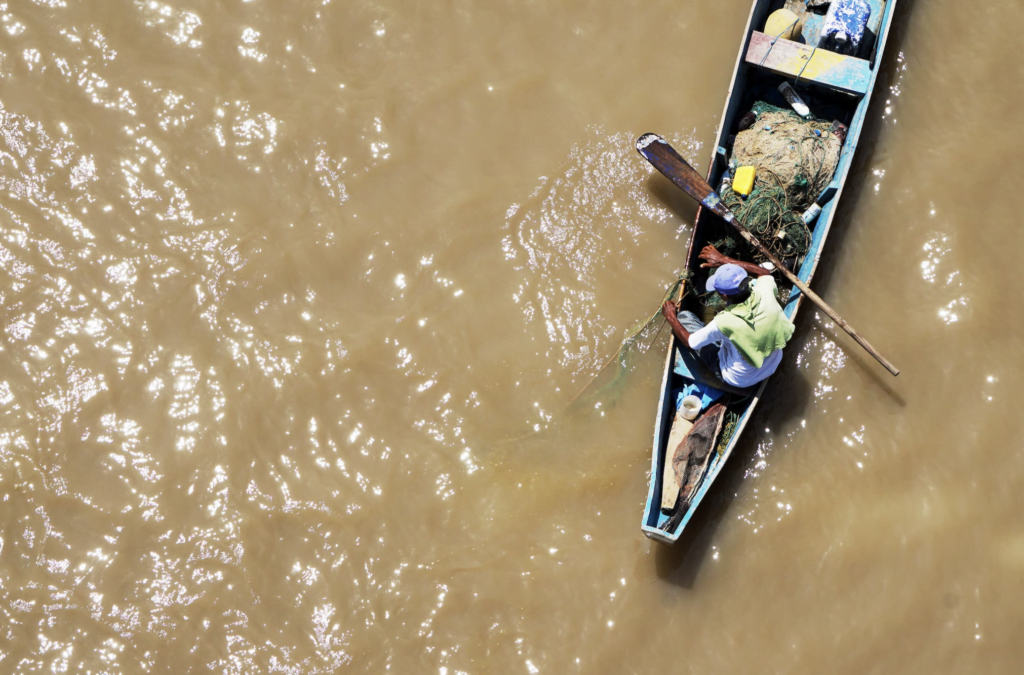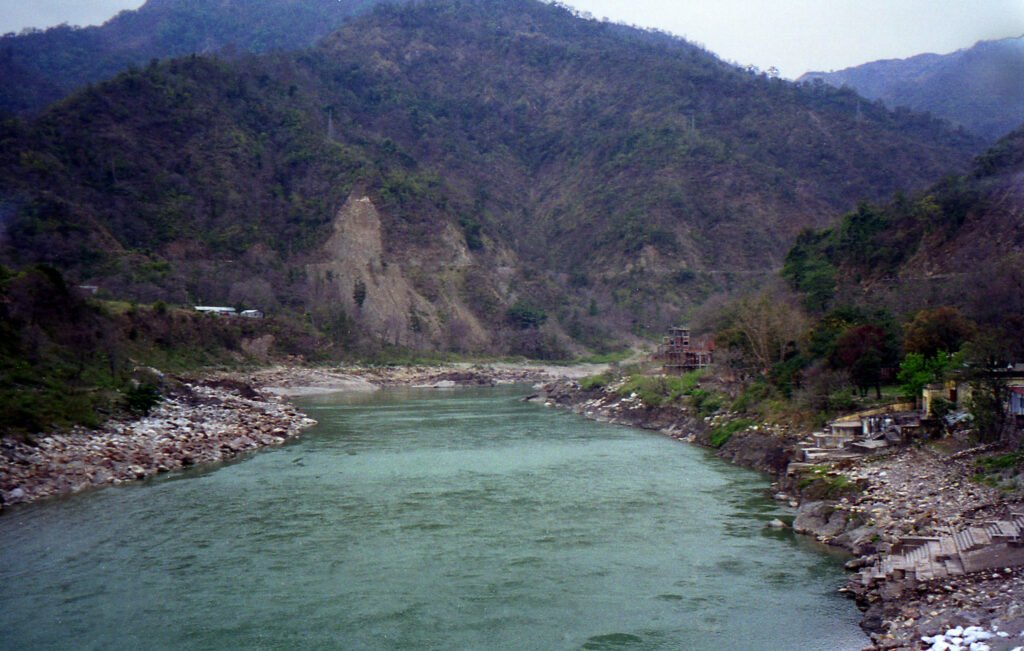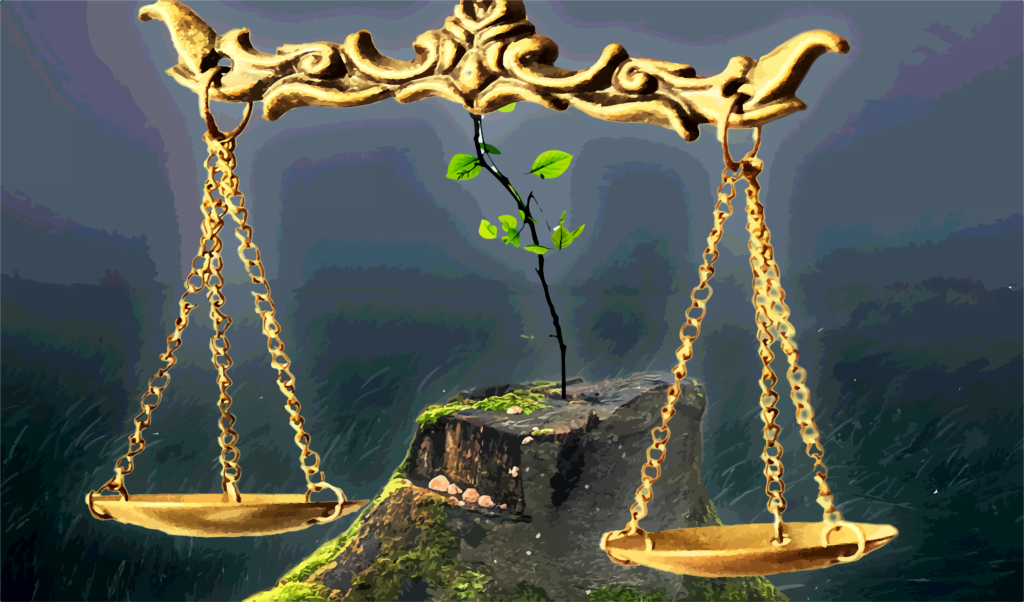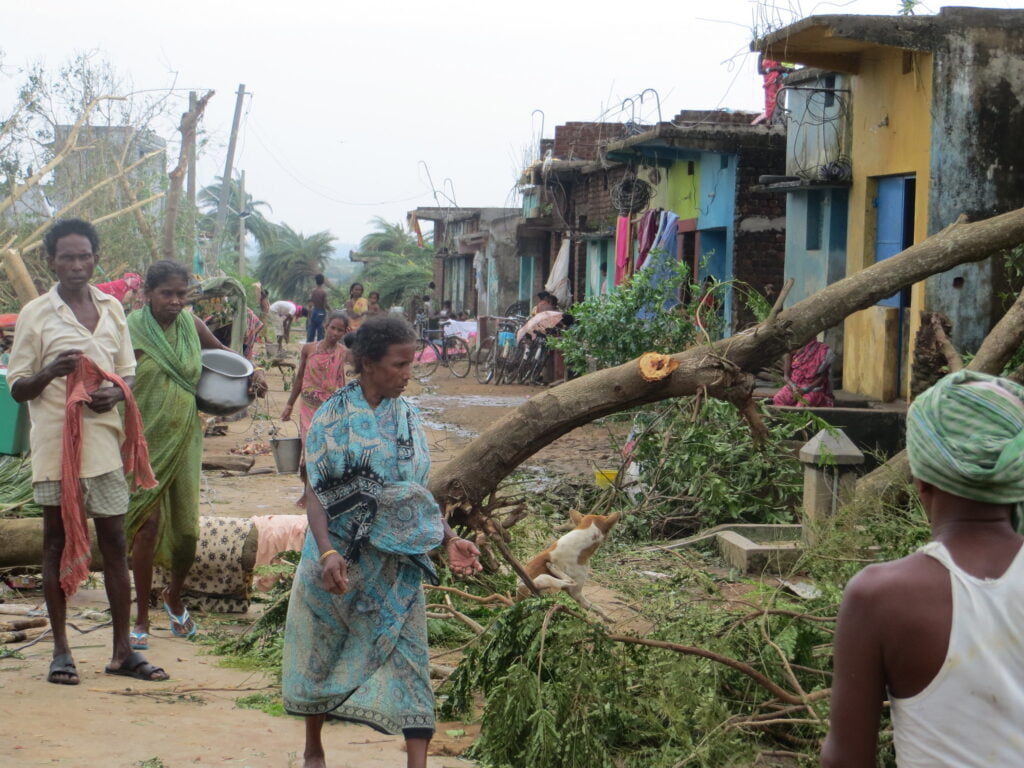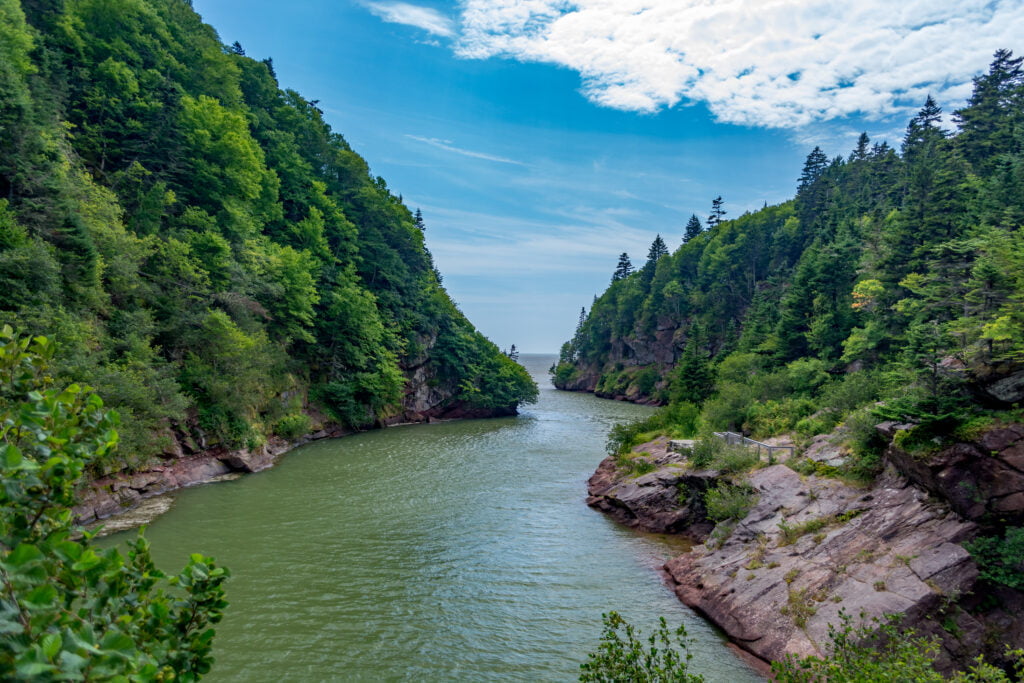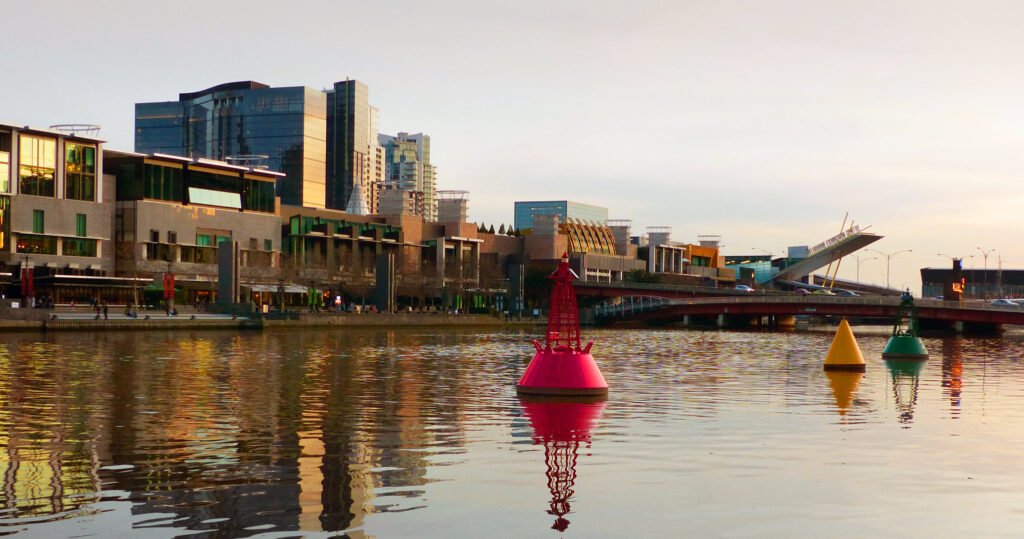Maps and charts showing the progress of laws to protect rights of nature show that countries are taking different approaches to saving ecosystems.
 How are countries using laws to recognise and protect the rights of nature? : Michael Joiner & James Goldie, 360info. Source: Putzer et al. 2022 CC BY 4.0
How are countries using laws to recognise and protect the rights of nature? : Michael Joiner & James Goldie, 360info. Source: Putzer et al. 2022 CC BY 4.0
Maps and charts showing the progress of laws to protect rights of nature show that countries are taking different approaches to saving ecosystems.
As courts and legislators around the world race to protect ecosystems, researchers are striving to put those efforts into context. What can countries learn from each other, and how are they solving unique legal and political obstacles?
A team of global researchers have painted this picture, building a map of the various ‘rights of nature’ laws across the globe.
The global picture shows accelerating efforts to establish rights for natural systems, with nearly 60 different laws in the works in 2020 alone.
Local regulations have grown particularly quickly over the last 50 years, accounting for more than one third of all the legal protections tracked.
But looking at different regions up close highlights some of the unique approaches countries are taking.
Europe
Several European countries are debating whether to embed rights for nature into their constitutions, giving them a permanent legal status.
South America
Ecuador is already there: its constitution already gives mention to the rights of nature, and its courts have referred to those rights in order to make dozens of decisions.
United States
The United States is a complicated picture internally, and the protections that natural systems enjoy largely depend on which state they land in. Some north-eastern states, such as New Hampshire and Pensylvania, have implemented many local regulations in lieu of larger protections. About half of US states have no protections at all beyond what might be available federally.
Despite this, efforts are slowly accelerating, with more laws introduced or debated each year now than 15 years ago.
Originally published under Creative Commons by 360info™.
Editors Note: In the story “Rights of nature” sent at: 03/01/2023 12:33.
This is a corrected repeat.


